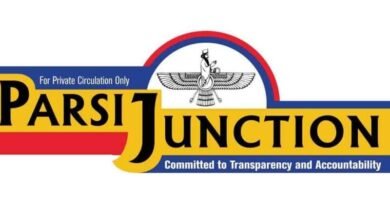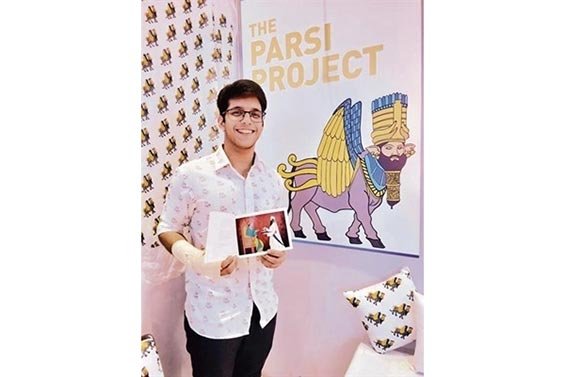Karachi: Contributions Of The Parsi Community To Its Development
 The city of lights is also a city with a rich cultural history. A cultural melting pot, as one may call it. A journey into the pre-partition days proves that Karachi has always been a hub for pluralistic co-existence.
The city of lights is also a city with a rich cultural history. A cultural melting pot, as one may call it. A journey into the pre-partition days proves that Karachi has always been a hub for pluralistic co-existence.
Speakers at the first session on the third day of the Third International Karachi Conference reminisced the old multi-cultural days in the city and highlighted the contributions of the Parsi community to its development. The session was titled ‘Reminiscence Part II’ and was chaired by Meher Noshirwani.
Speaking about the contribution of Karachi’s Theosophical Society (KTS) in establishing the city as the third glorious centre in India, Dr Riaz Sheikh, Shaheed Zulfiqar Ali Bhutto Institute of Science and Technology social sciences dean, said that KTS is a proof of Karachi’s pluralistic coexistence.
KTS was the most active chapter of Indian Theosophical Society (ITS), he claimed. It played an integral role in Karachi being declared one of the three federations of the Indian subcontinent. The other two were the East India (close to Chennai) and Banaras (northern India and Rajasthan), he added.
Sheikh also spoke at length about the various activities that KTS was involved in, such as regular publications in both English and Sindh. It had a library with more than 11,000 books, he claimed.
“Before partition, ITS had 10,000 members, while the KTS had 300 members. However, soon after partition the numbers dropped, as people belonging to different religions were either killed or forced to flee the country,” he claimed. In the end, KTS was left with only 50 members.
However, the turning point came when its president, Dara F Mirza was assassinated in 2007 and all its activities came to a halt, he added.
Parsi Community
Lamenting the forgotten contributions of the Parsi community to the city, human rights activist Akhtar Balouch gave an overview of the structures that highlight the rich Parsi history in Karachi.
“They were people of great intellectual and philosophical thought. How can we forget the services of Ardeshir Cowasjee for Karachi?” he asked the audience. “Once, he was passing in front of the High Court and saw that trees were being cut. He filed a petition instantly, and the tree cutting came to halt as long as he was alive,” he said.
He also presented the example of the statues of Sir Edulji Dinshaw and Nadirshaw Ediuljee Dinshaw. One was placed near Fawwara Chowk (near Governor House) and another one near where the current Avari Tower Clock stands. “Now, they [the statues] have been kept inside the Parsi Institute safe, but secluded,” lamented Balouch.





